Seamless: Seam erasure and seam-aware decoupling of shape from mesh resolution
Paper: PDF, JPEG images (25 MB)
Code: Texture Seam Erasure (GitHub) Seam-aware Decimater (GitHub)
![Our seam-aware decimation allows seamless texture reuse at all decimation levels (here, approximately 1%). Seams on the original model are shown in purple. Parameterizations are shown inset. Garland and Heckbert [1998] (implemented by MeshLab [Cignoni et al. 2008]) do not preserve seams precisely, leading to artifacts in the texture. Red areas near seams in the inset parameterization indicate this deviation in the parametric domain. Maya [2017] prevents decimation of seams entirely, leading to suboptimal allocation of mesh vertices.](teaser-wide.jpg)
Abstract:
A parameterization decouples the resolution of a signal on a surface from the resolution of the surface geometry. In practice, parameterized signals are conveniently and efficiently stored as texture images. Unfortunately, seams are inevitable when parametrizing most surfaces. Their visual artifacts are well known for color signals, but become even more egregious when geometry or displacement signals are used: cracks or gaps may appear in the surface. To make matters worse, parameterizations and their seams are frequently ignored during mesh processing. Carefully accounting for seams in one phase may be nullified by the next. The existing literature on seam-elimination requires non-standard rendering algorithms or else overly restricts the parameterization and signal.
We present seam-aware mesh processing techniques. For a given fixed mesh, we characterize the space of seam-free textures as the null space of a linear operator. Assuming seam-free textures, we describe topological and geometric conditions for seam-free edge-collapse operations. Our algorithms eliminate seam artifacts in parameterized signals and decimate a mesh—including its seams—while preserving its parameterization and seam-free appearance. This allows the artifact-free display of surface signals—color, normals, positions, displacements, linear blend skinning weights—with the standard GPU rendering pipeline. In particular, our techniques enable crack-free use of the tessellation stage of modern GPU’s for dynamic level-of-detail. This decouples the shape signal from mesh resolution in a manner compatible with existing workflows.
Seamless: Seam erasure and seam-aware decoupling of shape from mesh resolution.
BibTeX (expected) :
@article{LiuFerguson:2017:SSE,
author = {Liu, Songrun and Ferguson, Zachary and Jacobson, Alec and Gingold, Yotam},
title = {Seamless: Seam erasure and seam-aware decoupling of shape from mesh resolution},
journal = {ACM Transactions on Graphics (TOG)},
volume = {36},
number = {6},
month = nov,
year = {2017},
articleno = {216},
pages = {216:1--216:15},
numpages = {15},
publisher = {ACM Press},
address = {New York, NY, USA},
keywords = {seams, texture mapping, mesh, decimation, simplification, detail, deformation, skinning, animation}
}
Funding: This work was supported by the United States National Science Foundation (IIS-1451198 & IIS-1453018), a Google research award, NSERC Discovery Grants (RGPIN-2017-05235 & RGPAS-2017-507938), the Connaught Fund (NR-2016-17), and a gift from Adobe Systems Inc.
